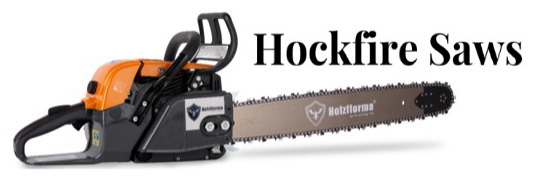- Local time
- 3:54 PM
- User ID
- 5156
- Joined
- Jan 24, 2018
- Messages
- 9,534
- Reaction score
- 37,711
- Location
- Extreme Southeast CA
How does it hold up to the concrete timber you cut?
Dunno yet. Couldn’t bear to wreck it, it was cutting so niceHow does it hold up to the concrete timber you cut?
Uhmmmm........I often dig or shave in with the side of the chain when cleaning out a face. Especially with square which works well for it. IIRC in the beginning of the video he shows the cutter profile straight on and the side cutter is exposed outside of the raker.
…except that I’ve done it.Uhmmmm........
If you take a bar and chain and lay it flat down on a plate of glass,.....only the "points" will touch. "Points" being where the top and side plates meet.
In you example in the vid, you can easily see how the side plates angle in,....right?
Do you see a scenario where the side plate touches before the "point" of the cutter?
It's not doing what you envision it doing.
But… but.. butt… in theory…except that I’ve done it.that’s how I clean up my wedges too…with the side of the cutters.
Don't listen to this guy, he's got 40 billion YouTube comments telling him he's wrong.…except that I’ve done it.that’s how I clean up my wedges too…with the side of the cutters.
I think there were only 8,000.Don't listen to this guy, he's got 40 billion YouTube comments telling him he's wrong.
I agree with you on gullets. Only time they matter is chip clearance. BBR created a myth that we fight every day."The side plate cuts the side of the chip out folks. The thickness of the chip is determined by the distance from the depth gauge to the top of the top plate."
Exactly,....that's what I'm saying
But no ands, ifs or buts......what Doug states in the vid is WRONG, INCORRECT, and BS!
You can take a 7/32 file and clean out the gullet totally perpendicular to the bar,....Way up the side plate.....and it will still CUT.
I drive wedges with the bottom of my saw ALL The FlippIn time! ....so don't tell me It can't be done! EXPERIENCE! lol
Hahahahahahaahahah
....all in fun
 www.madsens1.com
www.madsens1.com
When gullets are allowed to get long, they make it difficult for the sharp cutter to get at the wood. This makes it difficult for the chain to feed. Here is the reason: Every time a cutter tooth is sharpened, it gets shorter. As the tooth becomes shorter, the "set" or the amount the cutter sticks out beyond its chassis is reduced, too. Gullets retain their set and if allowed to get too long, they rub in the cut. also, long gullets impede chip flow.
Thanks for the axe information, racing axe angles and such are new to me.Re: sharpening/durabilty - in axes, 14-15° is considered racing angles and too delicate for hard wood or work. 18° is min for work, and even then, a steeper micro bevel is added for durability. Usually for work something in the low 20s is used. Axes are made from hardened steel. Saw chain is not hard, it just has a thin layer of chrome, so the steel has to support the chrome. With a low round file, the edge is veeeery thin. Would be interesting to blow some pictures up and measure angles. The cutter is also undercut by the radius of the file. This type of grind in my experience doesn't just dull, it rolls down....in one cut in the nasties. Now...the Xcut, Hexa, Duke's grinds...the flat face means less undercut, and the angle can be tilted up/back to make the edge more supported(wider angle), and also so that the force on the edge is more straight on, or even up/rearward so that the edge doesn't just roll. R&D time...
Do you have any luck with the out the box C83 / c85?.Now...the Xcut, Hexa, Duke's grinds...the flat face means less undercut, and the angle can be tilted up/back to make the edge more supported(wider angle), and also so that the force on the edge is more straight on, or even up/rearward so that the edge doesn't just roll. R&D time...






